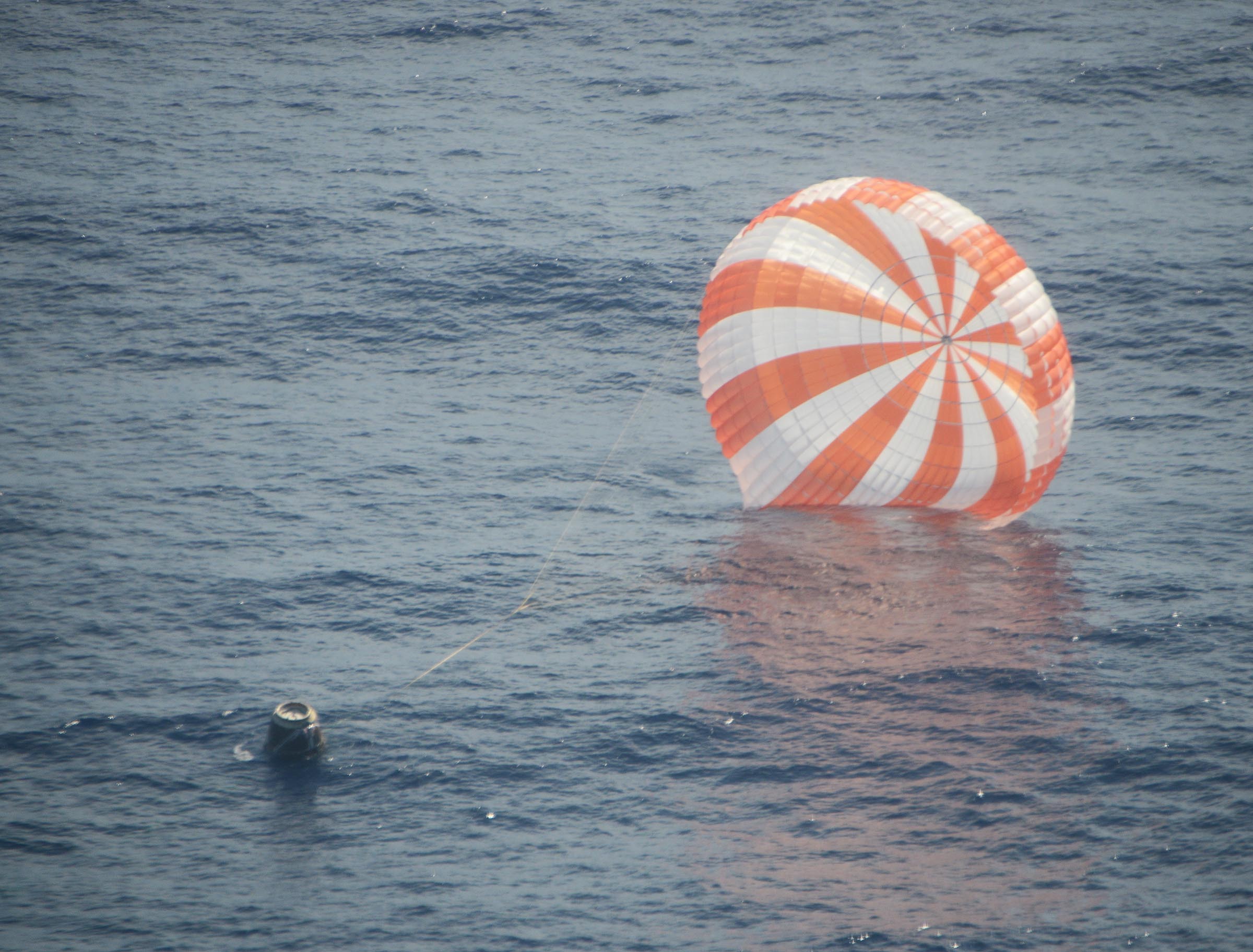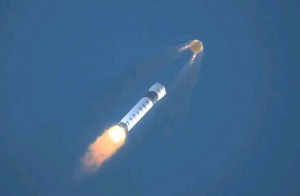
With the launch of the first U.S. Crew Vehicle (USCV-1) mission now scheduled for no earlier than November 2017, it might seem easy to express pessimism about the future for the three finalists in NASA’s Commercial Crew integrated Capability (CCiCap) initiative. Yet since the announcement of SpaceX, Boeing, and Sierra Nevada Corp. last August to continue development of their Dragon, CST-100, and Dream Chaser vehicles, all three companies have taken giant strides toward ensuring that their respective craft are ready to support a resumption of crewed missions from U.S. soil before the end of the present decade.
SpaceX—the Hawthorne, Calif.-based aerospace organization, headed by entrepreneur Elon Musk—has passed the fifth and sixth in a series of hurdles which it must conclude, ahead of possible selection by NASA to transport astronauts to the International Space Station aboard a human-rated version of its Dragon ship. According to the provisions of the funded Space Act agreements contracted to SpaceX, Boeing, and Sierra Nevada Corp., all three companies must fulfil their respective milestones by May 2014. SpaceX has a total of 14 milestones, of which it has now passed almost half. Last month, the company successfully completed a Human Certification Plan Review, followed by a Pad Abort Test Review. Both are critical and serve to enhance confidence that Musk’s company is in position to execute a full-up pad abort test later this year or early in 2014.

The Human Certification Plan Review, finalized on 7 May, outlined all of the steps SpaceX plans to take in order to certify its system for piloted missions. Its scope covers the entire testing, demonstration, analysis, inspection, verification, and training process, and NASA reported that it “helped to ensure that the integrated Falcon 9 rocket and Dragon capsule will be safe to carry human passengers.” In the Pad Abort Test Review, SpaceX presented plans for its upcoming pad abort test, which will occur from Space Launch Complex (SLC)-40 at Cape Canaveral Air Force Station, Fla. In completing this review, the adequacy of the test plan objectives and the pad abort scenario were successfully demonstrated.
“The beauty of having the pad abort test review was it allowed both NASA and SpaceX to start coalescing toward an understanding of what will be tested and how we’ll measure success,” said Ed Mango, the manager of NASA’s Commercial Crew Program Office. “We’re really looking forward to seeing SpaceX’s pad abort system take off from along Florida’s Space Coast.” That flight will include a recovery operation following a simulated Falcon 9 launch anomaly. A Dragon craft will be installed on a launch pad test stand, and when the countdown reaches T-zero, the SuperDraco abort engines will be ignited to initiate a contingency separation command. The craft will ascend to an altitude of about 5,000 feet, after which its parachutes will deploy and bring it to a smooth splashdown in the Atlantic Ocean.
Want to keep up-to-date with all things space? Be sure to “Like” AmericaSpace on Facebook and follow us on Twitter:@AmericaSpace




Interesting to have the abort engines integrated in the vehicle…Wonder if those SuperDraco engines can be used to soften the landing like the Soyuz or even as emergency retro rockets.